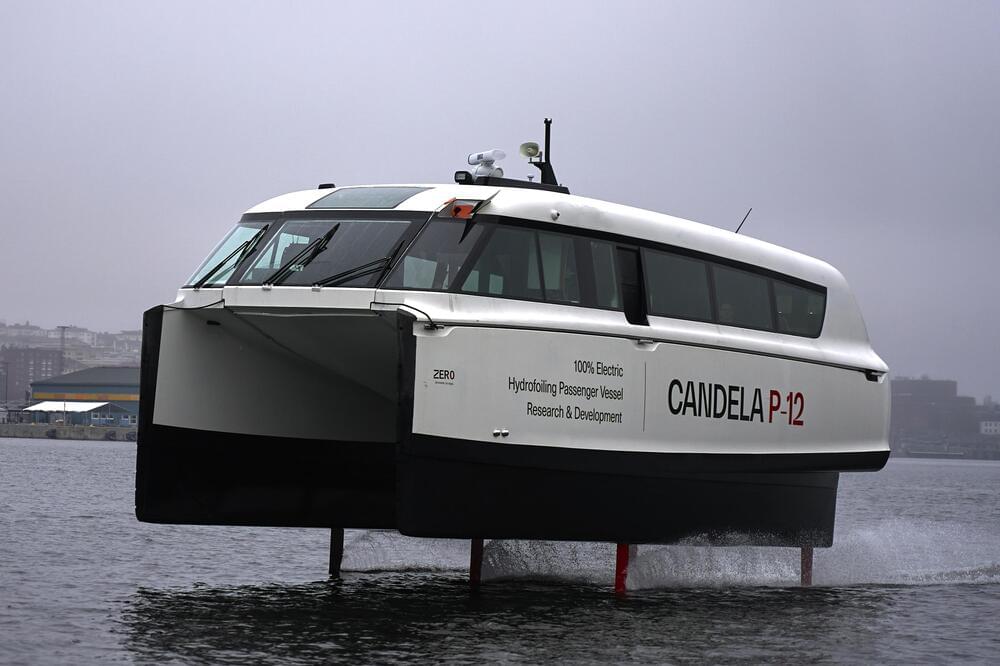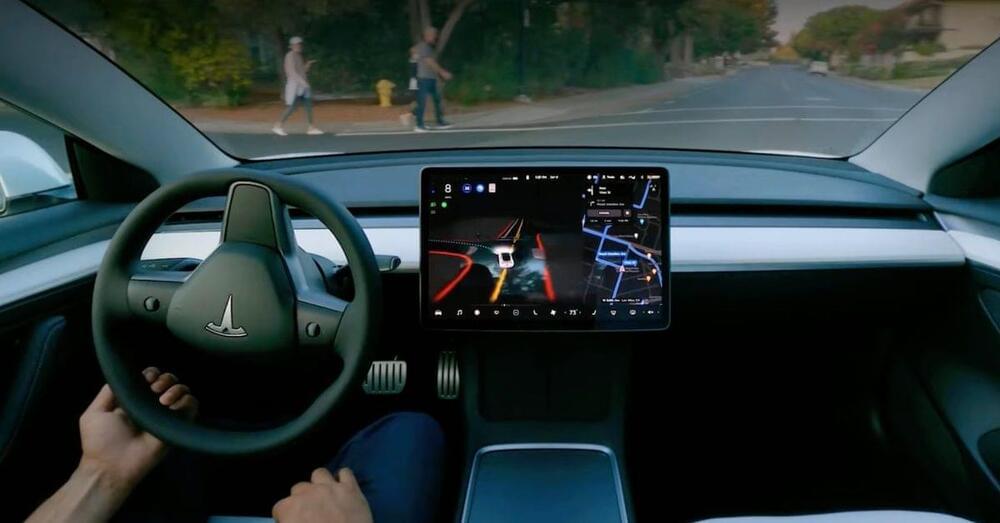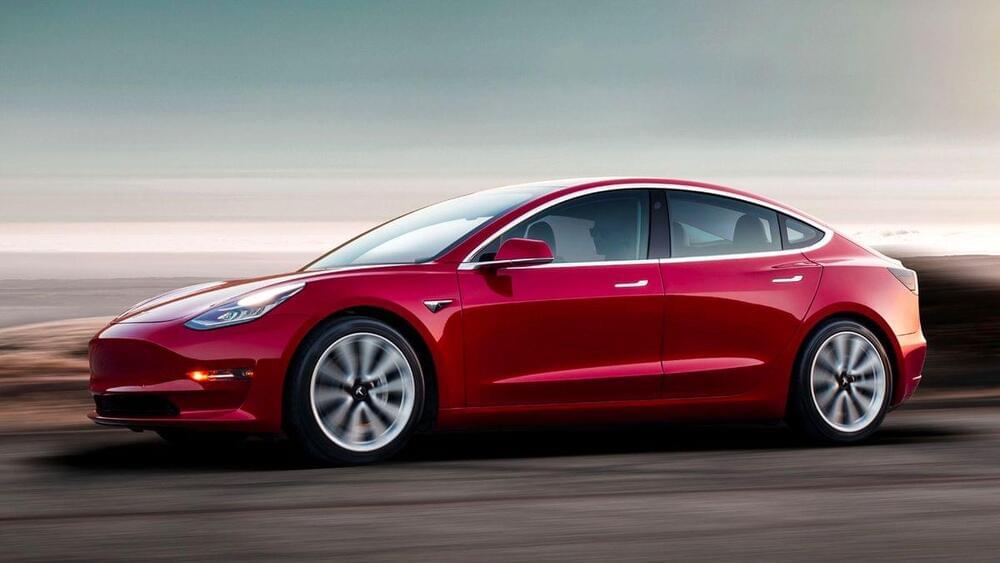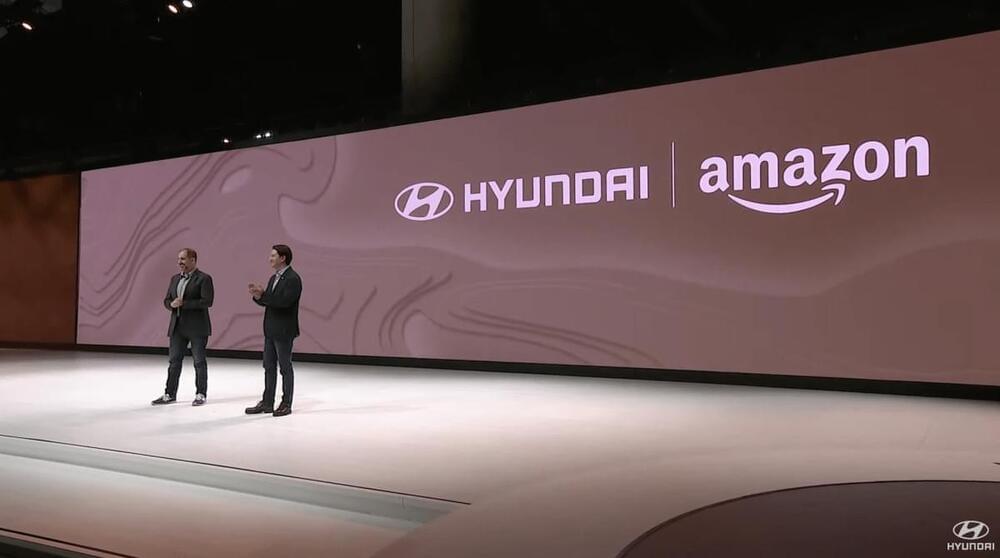Nov 19, 2023
The Next Leap in Battery Tech: Lithium-Ion Batteries Are No Longer the Gold Standard
Posted by Genevieve Klien in categories: energy, sustainability, transportation
Lithium metal, chosen for battery anodes due to its superior energy density compared to other materials, is a smart choice. Yet, challenges arise at the interface between the electrode and the electrolyte, presenting opportunities for enhancement to achieve safer and more efficient performance in future applications.
Researchers from Tsinghua University are keen on replacing the graphite anode with a lithium metal anode to construct a battery system with higher energy density. However, the Li metal anode is unstable and readily reacts with electrolytes to form a solid-electrolyte interphase (SEI). Unfortunately, the natural SEI is brittle and fragile, resulting in poor lifespan and performance.
Here, the researchers have looked into a substitute for natural SEI, which could effectively mitigate the side reactions within the battery system. The answer is ASEI: artificial solid electrolyte interphase. ASEI corrects some of the issues plaguing the bare lithium metal anode to make a safer, more reliable, and even more powerful source of power that can be used with more confidence in electric vehicles and other similar applications.

















